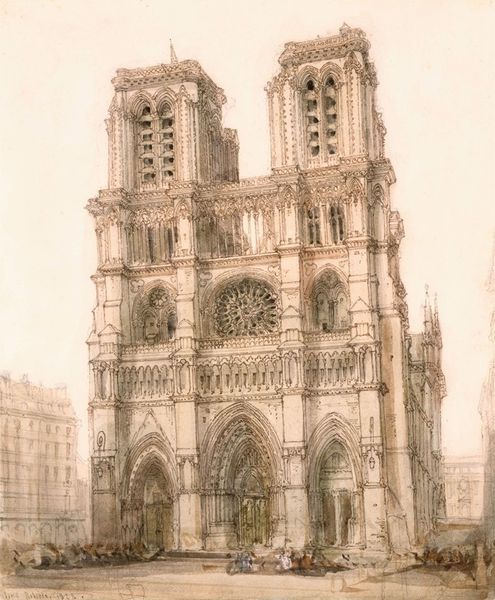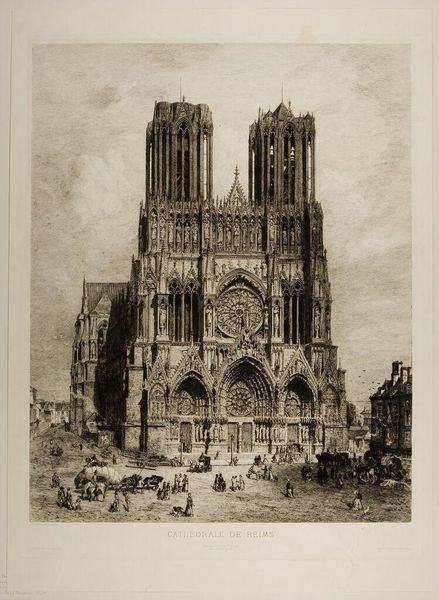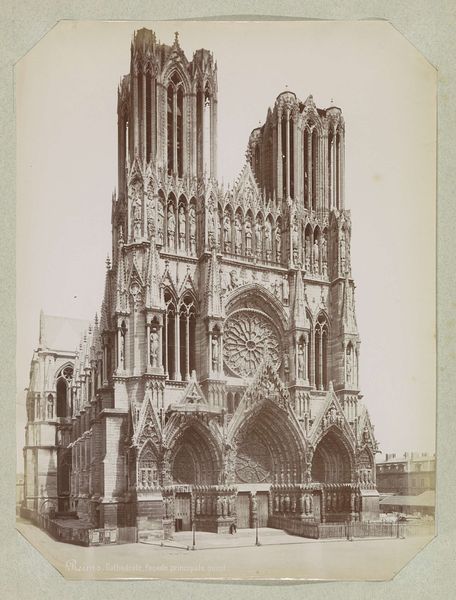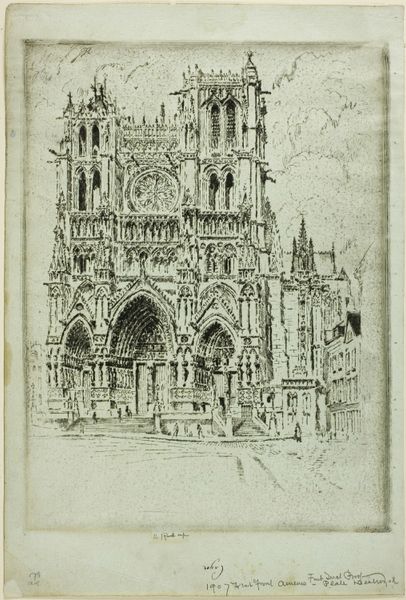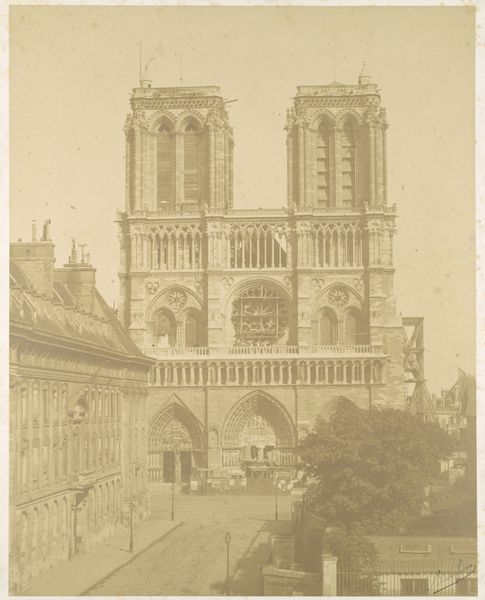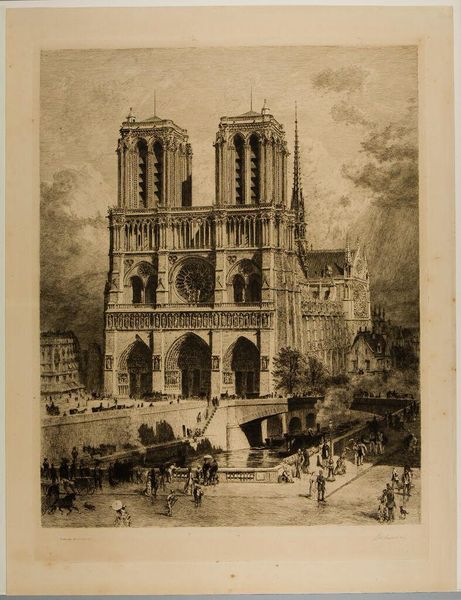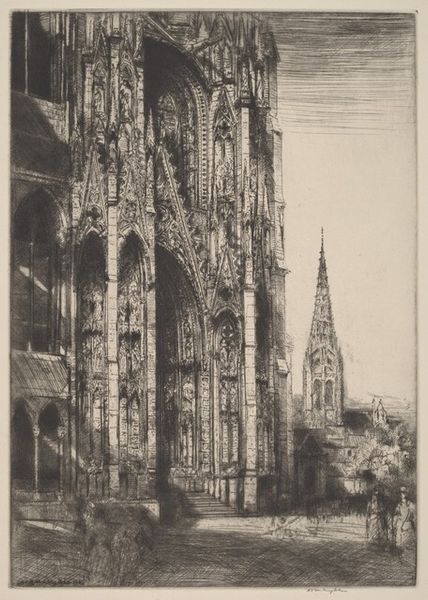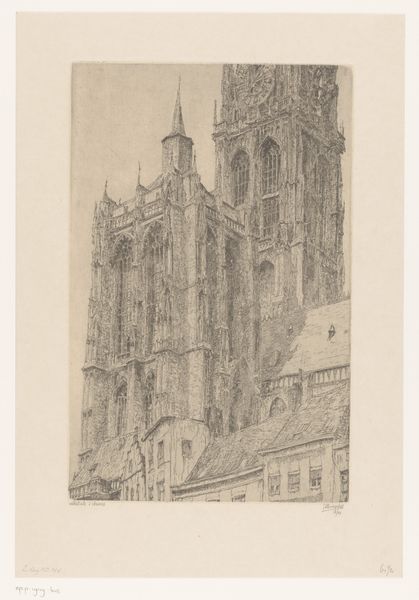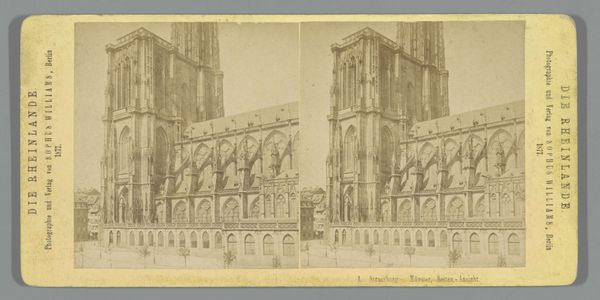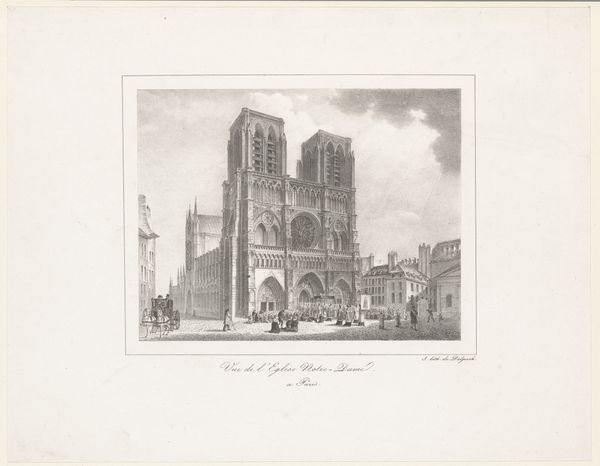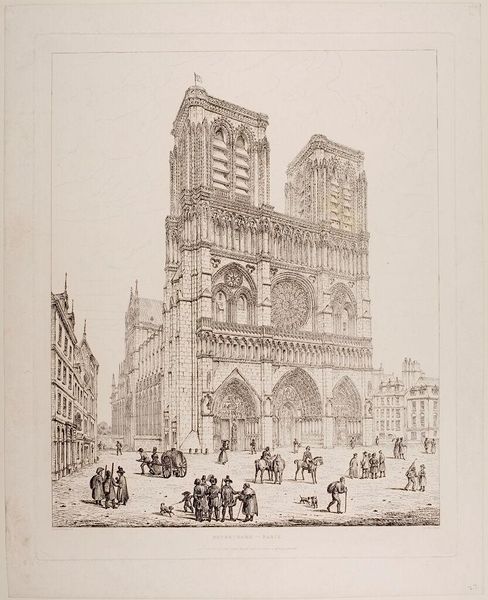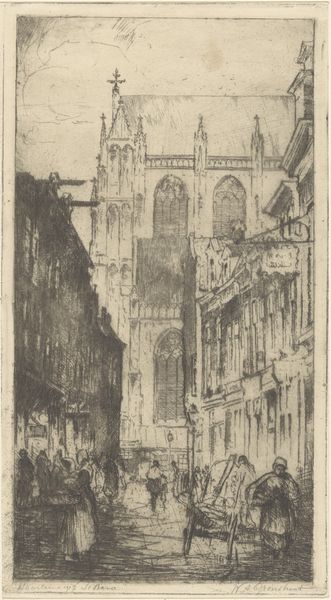
Dimensions: plate: 32.1 x 27.2 cm (12 5/8 x 10 11/16 in.) sheet: 43.2 x 35 cm (17 x 13 3/4 in.)
Copyright: National Gallery of Art: CC0 1.0
Editor: Here we have John Marin’s etching, "Notre Dame, Paris," created in 1908. It’s incredibly detailed, almost vibrating with energy. It gives me a sense of bustling city life against the enduring presence of this iconic cathedral. What strikes you when you look at it? Curator: Oh, that "vibration" you mention, that’s exactly it! Marin wasn't just depicting a building; he was capturing a feeling, an impression. Look at those lines – so frenetic, almost like musical notes dancing across the page. Notice how he doesn’t just show us the cathedral, but its relationship with the city, as if it were growing organically from it. What do you think that represents? Editor: Maybe the constant state of flux in a modern city, even with something as solid as Notre Dame at its heart? Curator: Precisely! Marin was part of the early Modernist movement; artists were exploring ways to represent the dynamic, chaotic experience of modern life. The etching process itself – that delicate dance between acid and metal – lends itself perfectly to capturing this energy. Do you feel it captures more of Notre Dame’s majesty or hints at its vulnerability within the changing landscape? Editor: I see both, actually. The solid facade juxtaposed with the frenetic lines... it's like a constant negotiation between permanence and change. I originally saw the detail as visual energy, but it hints at a feeling of the temporary now. Curator: Absolutely. It's this tension, that’s what makes it so compelling. Marin wasn't just an artist; he was a visual poet, translating the world into his own unique language of lines and light. Editor: This has really given me a deeper appreciation for how artists use technique to express more abstract ideas. Thanks!
Comments
No comments
Be the first to comment and join the conversation on the ultimate creative platform.
